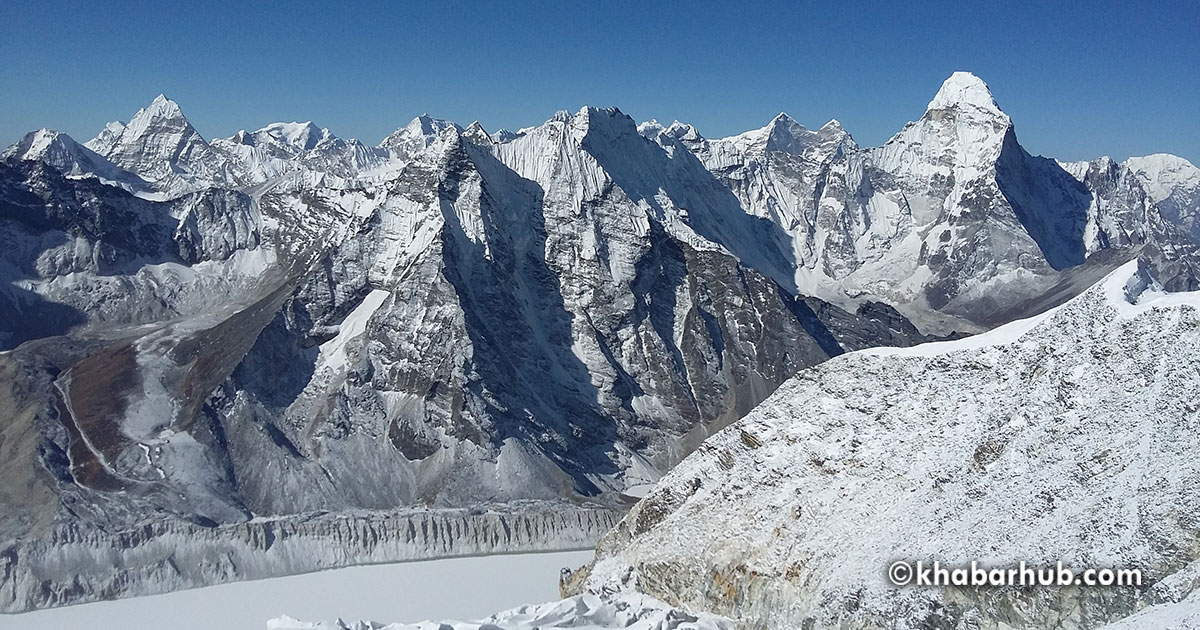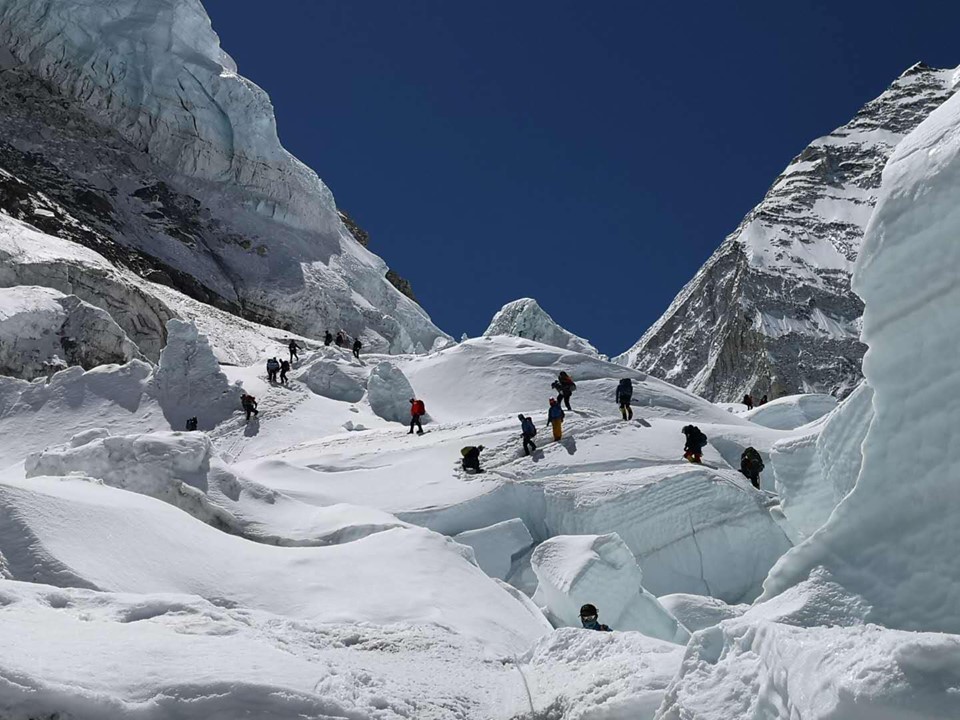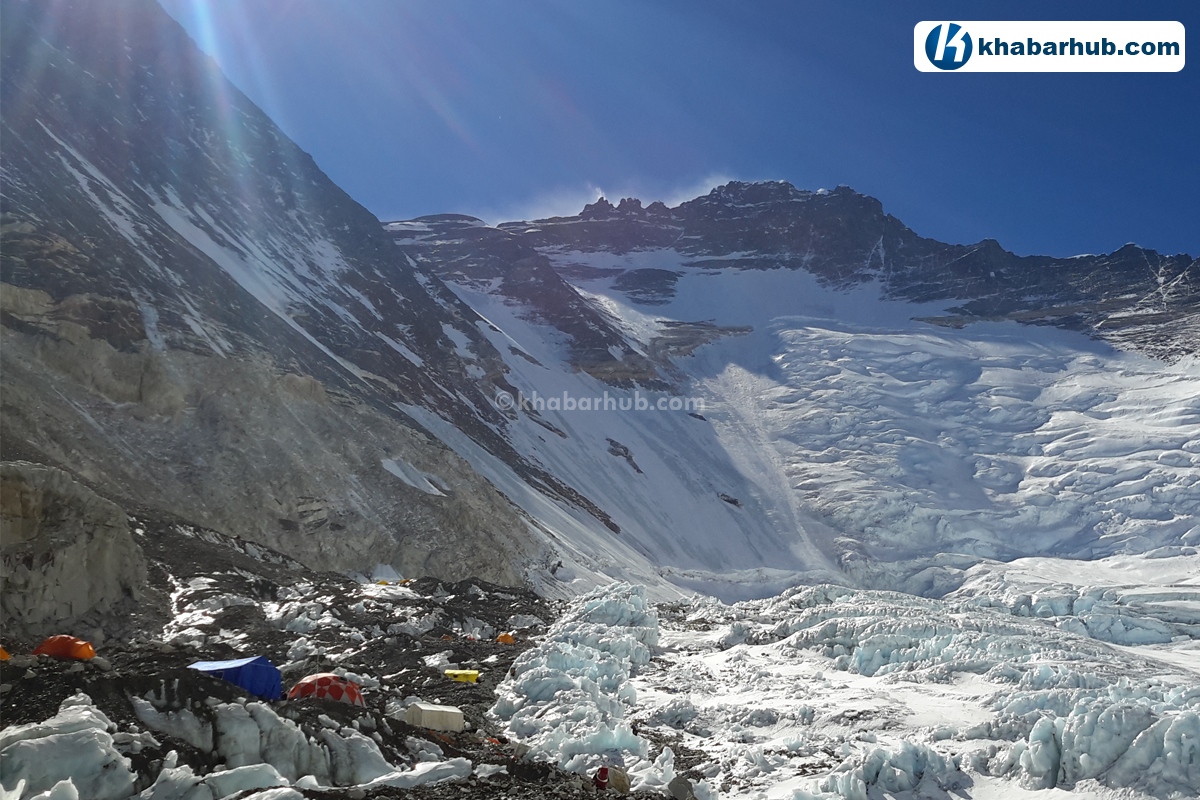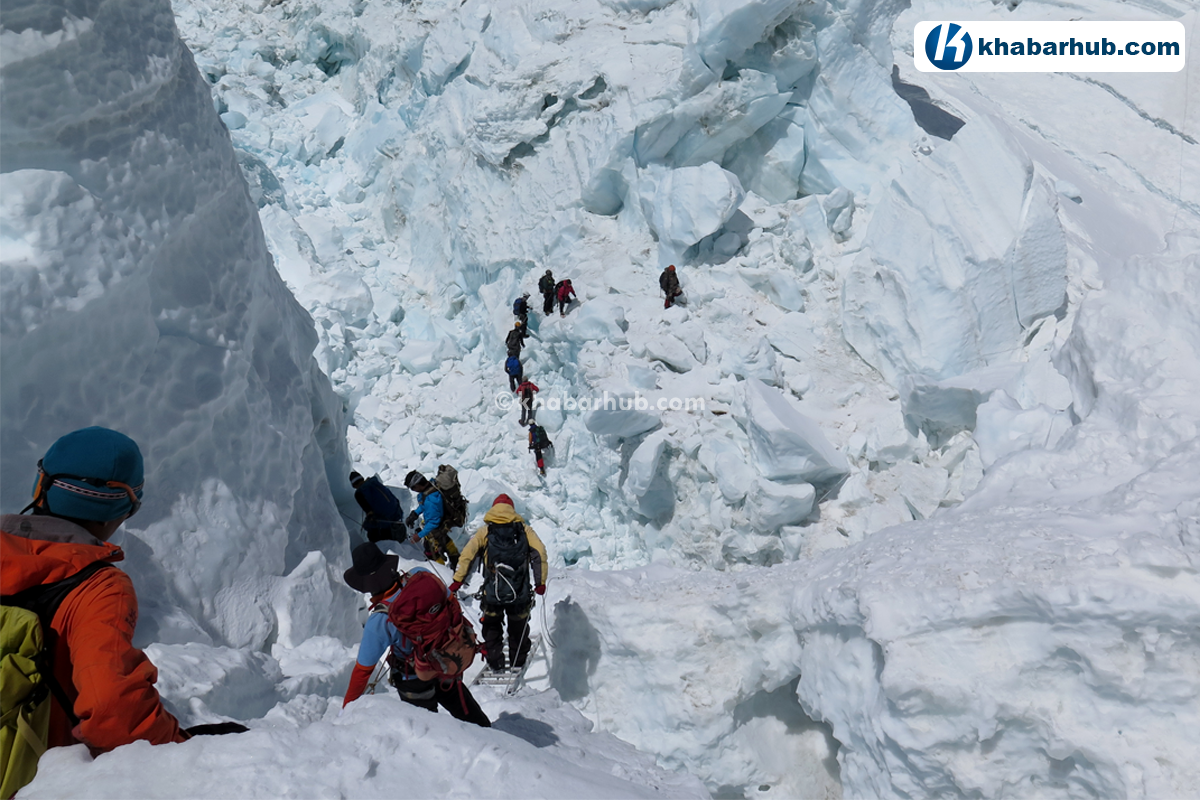0%

KATHMANDU: At the backdrop when the sustainability issue is still not enforced maturely, the Nepal Mountaineering Association (NMA), under the guidance of the Department of Tourism (DoT) has prepared the profile of Nepal’s 414 peaks.
The profile of peaks includes information on the peaks, including routes, itinerary, the height of peaks, districts, the social condition of the areas, and budget details for climbing the peaks.
“The profiles will be beneficial not only to the climbers but also to others interested in gathering details of the peaks and its surroundings, including the geography, socio-economic status of the people there,” Kul Bahadur Gurung, General Secretary at NMA told Khabarhub.

The NMA is also planning to include the 360-degree view of the mountains. Earlier, NMA had planned to prepare the profile of 576, but, owing to various circumstances, it had to constraint 414 peaks only above the height of 5800 meters, Gurung said.
Nepal has about seventeen hundred peaks. NMA has started to update the peak profile on the website and set a schedule to launch it in the opening ceremony of Visit Nepal Year 2020.
Currently, viewers can see the picture of the peaks, its latitudes and longitudes, caravan route, the route to base camps, and nearest peak to it, Gurung explained.

Climbers can climb all the peaks included in the profile. NMA started its work on the profile from 2014, he said, the profile is expected to boost Nepal’s peak into the international arena.
As per him, the concept of peak profiling is aimed at setting up a scientific database of Nepal’s peaks. It is also expected that the peak profiles will help attract climbers to attempt virgin peaks of the country, he added.
According to the DoT, of the 476 mountains above 5,800 meters that are suitable for climbing, the government has opened 414 mountains for climbing activities at the moment. However, only half of the opened mountains have been attempted by the climbers.

When the government is set to promote mountain profiling, experienced entrepreneurs and youths seem worried about the sustainability issue.
“It’s true opening mountains for climbing, impacts the life of the people living nearby,” says Dhundup Pakhrin, a tourist guide graduating in Tourism and Hospitality Management at NATHM, “however, the thing to think about is retaining the pristine celibacy of the mountains, support the livelihood, promote mountain ecology and save it from changing them into rubbish debris as we have seen and read about the mountains opened earlier.”
Ecologist thinks sustainability is a key issue to be kept in mind in such cases. They are skeptic about the role of monitoring and law enforcing authority in taking ecology effectively. Citing some of the reasons behind the rubbish debris at Everest and other climbing areas, they say the laws and regulations related to ecology and glory of the mountains should be amended in a timely manner and enforced effectively.
It is remarkable that existing regulations about the cleaning of the Himalayan region are less strict and not effective in Nepal.
For example, six years ago, Nepal made the proclamation that $4000 rubbish deposit per team would be refunded provided the climbers brought down at least 8 kg or 18 pounds of waste. As a response, many climbers opted to forfeit the deposit rather than fulfilling their responsibility, whereas on the Tibetan side of the Himalayan region, one is required to bring down 8 KG and failure to do so results in $100 per kilos.